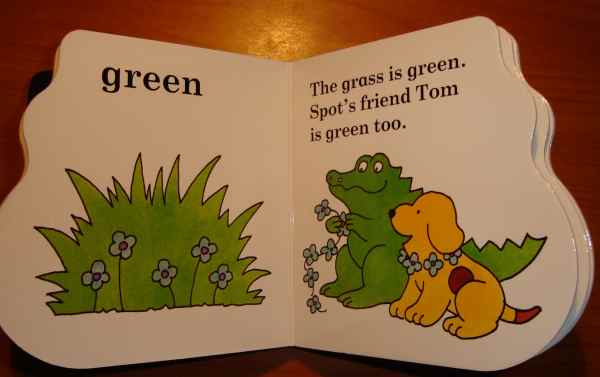You know, the St. Louis Reperatory Theatre put on this play last year, and I didn’t have the inkling to go. I mean, face it, I hear Steven Woolf on the radio hawking the shows, and his forced enthusiasm kills any I might feel about a play. I mean, this one is a musical, and everybody knows how I feel about musicals (hint). So I didn’t go, and reading the book, I’m sorry I didn’t.
I picked this book club edition for a couple bucks at one of the book fairs I attended this summer. I think it was St. Charles, but come on, St. Charles, St. Louis, Kirkwood, Belleville, Webster Groves….they’re all beginning to blend together. I’m not reading the books fast enough to keep their origins fresh.
Aside from that, let’s dwell on the fact that this is a book club edition. Now, I’ve done my turns with the Book of the Month Club and the Quality Paperback Club (and the Writers’ Digest Book Club) beginning in the 1990s, but they didn’t offer contemporary plays. Is there a Broadway Book Club out there, or is this disappearance representative of the death of middlebrow culture? I mean, not to put too fine of a point on it, where has drama-loving middlebrow culture gone? In the olden days, plays and theatre were cheap and popular entertainment, with stars accountable to their audiences both in their performance and their lifestyles. Now, our popular entertainment is phoned in from somewhere else, delivered via unresponsive screening technologies by stars who don’t know their ultimate audiences, but feel contempt for them. What happened? Oh, yeah, theatre tickets stopped selling for a penny and snotty little English and Drama majors started getting uppity, using the rarification of their academic experience to distance themselves from the dirty, unthinking (or wrong thinking) plebes. Probably more of the former than the latter.
This particular work breaks down the fourth wall in a rather interesting fashion. It does the normal play-within-the-play thing as well; the story revolves around the last, unfinished work of Charles Dickens as presented by a turn-of-the-century British troupe. Ergo, all actors are playing actors playing characters in the play. Throughout, the Edwin Drood action stops as the drama personnel of the British troupe make asides, discuss their parts, and so on. Ultimately, the British troupe asks the audience to help finish off the play, as Dickens died before revealing the Solution of Edwin Drood.
So the play, this play, the Mystery of Edwin Drood, offers a novel and amusing presentation of several conventions and must be very interesting to see in performance, except now I know all possible endings. It’s like watching Clue: The Movie over and over again even when the mystery is gone. Come to think of it, I do that, too, so I guess I’d go see a production of The Mystery of Edwin Drood if I got the chance.
As far as the St. Louis Reperatory Theatre goes, I guess I’ll make my way over there, too, and give Steven Woolf the benefit of the doubt. Especially since we’ve moved to Old Trees, Missouri, and now we’re so close to it that I sometimes bang my shin into Loretto-Hilton Center when trying to find the bathroom in the dark.
Books mentioned in this review:



